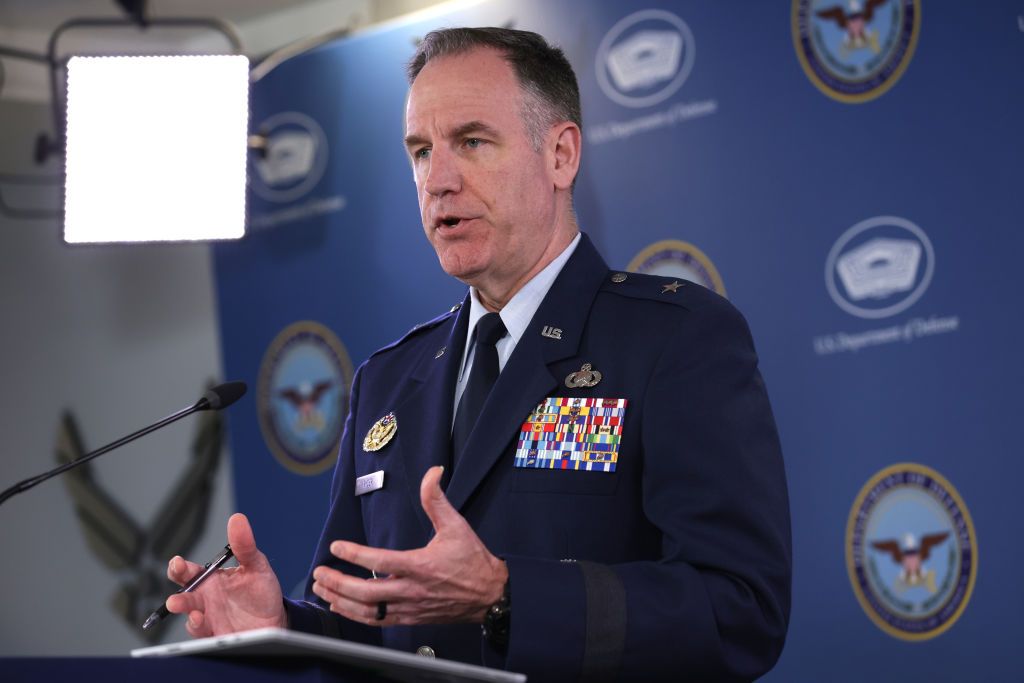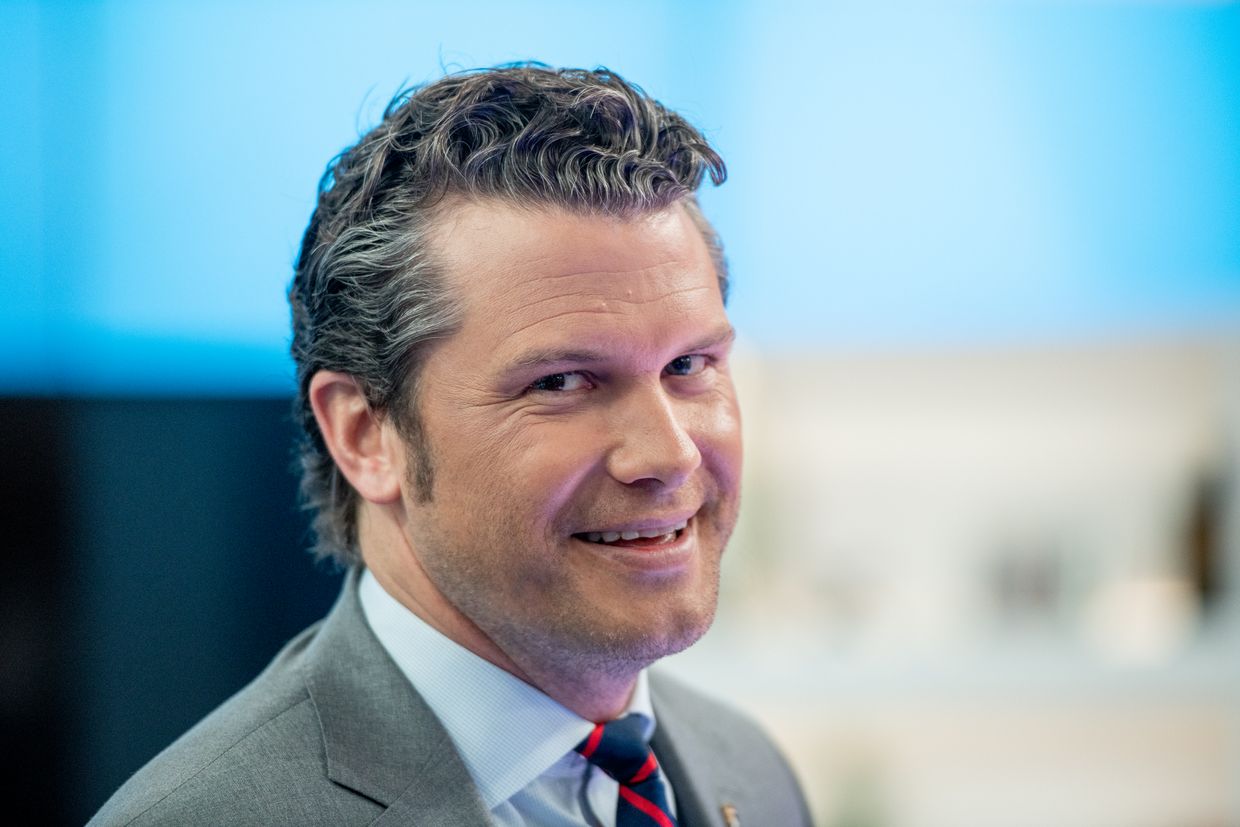
The U.S. has delivered 83% of munitions, 67% of critical air defense systems, and 60% of firepower capabilities committed to Ukraine under defense packages between April and mid-October, Pentagon spokesperson Major General Pat Ryder said on Nov. 12.
Kyiv has previously complained about a slow pace of U.S. aid deliveries. President Volodymyr Zelensky said in an Oct. 30 press conference that only 10% of the aid approved by Congress in April had actually reached Ukraine.
“Since the supplemental, we’ve drawn down nearly $3.7 billion in equipment from (Department of Defense) stocks across 12 PDA (presidential drawdown authority) drawdowns that were announced between late April through mid-October,” Ryder said.
“Between the passage of the supplemental and the middle of last month, we’ve delivered to Ukraine 83% of the critical munitions that we’ve committed from stock, including 155-millimeter artillery rounds, GMLRs, Patriot, NASAMS, missiles, and more.”
“We’ve also delivered 67% of other critical air defense commitments, including Stingers and Hawk missiles, and we’ve delivered 60% of the fire’s capabilities we have committed, including small diameter bombs and 105-millimeter ammunition,” he added.
Ryder added that approximately $7 billion remains for further support, emphasizing that the U.S. would continue supplying Ukraine based on urgent battlefield demands, regardless of political developments.
Deputy Pentagon Press Secretary Sabrina Singh echoed this commitment in a Nov. 7 briefing, saying that the U.S. aims to deliver the remaining $7 billion in pledged military aid before President-elect Donald Trump’s inauguration on Jan. 20.
U.S. National Security Advisor Jake Sullivan told CBS News that U.S. President Joe Biden intends to persuade the incoming Trump administration of the importance of continuing support for Ukraine.
Despite these assurances, Zelensky has underscored that only a fraction of the promised aid has materialized.
Zelensky’s recent European tour seeking additional military support also faced challenges, with a lukewarm reception from leaders in London, Rome, Paris, and Berlin, who offered less robust commitments than anticipated.
Publicly, both the U.S. government and NATO remain committed to sustaining support for Ukraine.
NATO Secretary General Mark Rutte emphasized the alliance’s stance, saying, “Russia, working together with North Korea, Iran, and China, is not only threatening Europe but also the Indo-Pacific and North America. So we must stand together. … We must do more than just keep Ukraine in the fight.”


